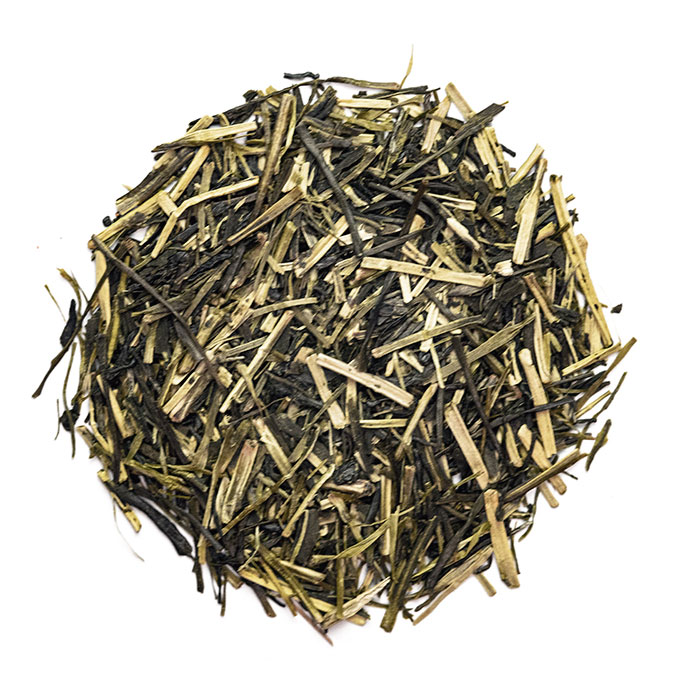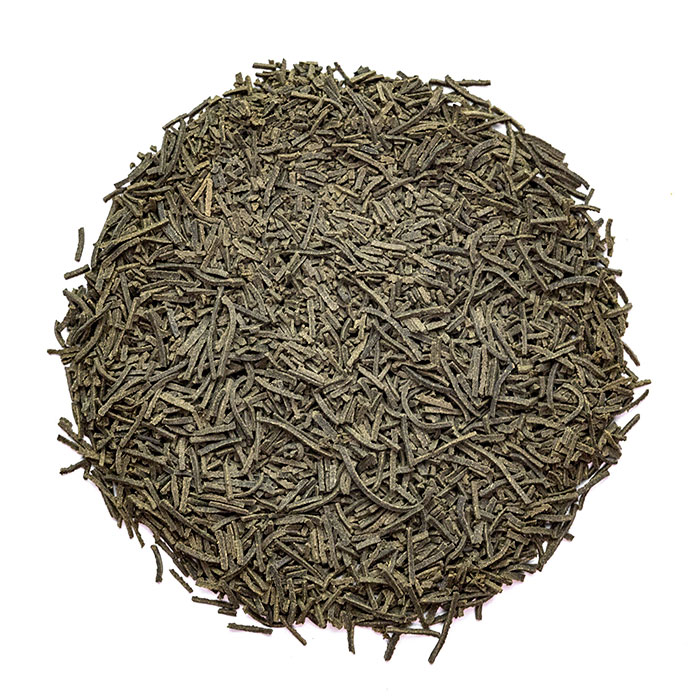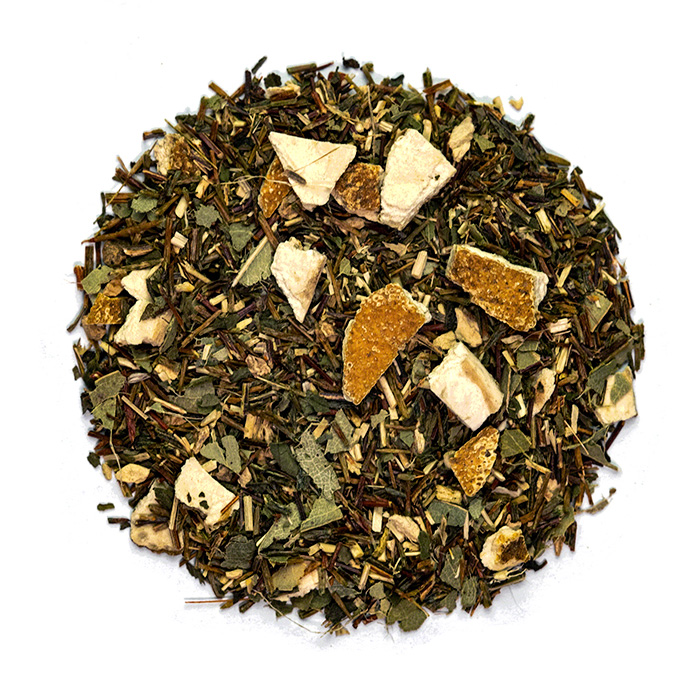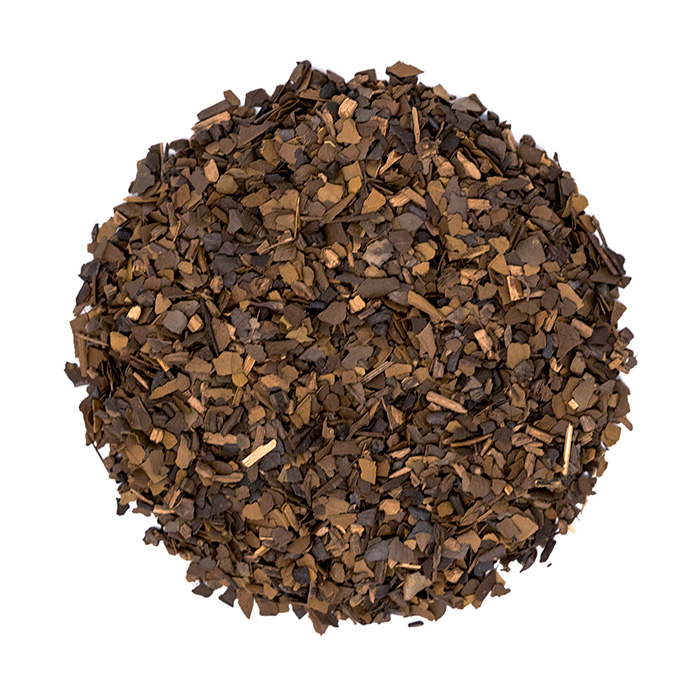5 Most Unique Teas in the World
Tired of drinking the usual green or black tea? If your regular daily tea is no longer exciting your taste buds, maybe it’s time to try something very different. We made a list of the 5 most unique teas in the world, that every tea lover should try at least once in life. These five cups of tea will give you an insight into tea cultures of different countries, special tea varietals and even a chance to see how even some tea by-products deserve to be award winning.




5 most unique teas
Just like tea flavors, the world of tea is extremely complicated and interesting. There are many quite unique teas out there – such as teas made from Camellia tea plants not not Camelia sinensis, African dark teas or even unique white teas made of stalks only. Some are produced only by a specific tea garden, some are unique for their special benefits, and some have been made using non-standards techniques. The top 5 unique teas that we are introducing are types that are produced by more than one garden or farm. But, they are rare or unique in their appearance, benefits or flavor.1. Kukicha
What makes kukicha special is that it’s actually a by-product of tea production. Unlike other by-products that mostly end up in tea bags, kukicha is a loose leaf tea and it can be produced from premium quality tea leaves. It can be made from bancha, sencha, kabusecha, gyokuro and matcha tea leaves, it can be green or roaster and even blended with matcha tea powder. Kukicha contains stems and stalks, and may have some smaller leaf particles too. Because of the very low caffeine content, it’s is one of the most popular tea in macrobiotics.
Japanese Kukicha green tea
Green gyokuro kukicha will contain more caffeine than roasted bancha kukicha, because bancha is made from more mature leaves naturally lower in caffeine, and roasted. To brew kukicha, use about one teaspoon of tea leaves and steep for 1.5-3 minutes with hot water /around 167°F). You can re-steep the same leaves at least 2 times. It’s very easy to brew and won’t be bitter even if over-brewed with very hot water. Kukicha is great for cold-brewing. This type of tea is made exclusively in Japan.2. Kokeicha
Kokeicha is a Japanese tea with a very interesting appearance and flavor. It’s a tea product made from a by-product of tea production. Sounds complicated? It is. Kokeicha is actually a small broken particle konacha, grounded and made into a paste, shaped into the form of small uniformed tea leaves and dried. Kokeicha can me made from different types of tea, so both quality and flavor will depend on the original tea leaves. It’s easy to brew and gives a very refreshing green cup. Kokeicha is not widely available. Just like kukicha, it’s made only in Japan. This tea is rarely found in tea blends and is better enjoyed pure.
Kokeicha green tea
3. Purple tea
Purple tea is a special type of tea produced by a small number of tea farms, mostly in Kenya. Although it’s unique, it Isn’t a separate category. The world purple describes the tea plant, rather than the type of tea it will be made into. Therefore, it’s possible to find purple black, green or oolong teas. Not only Kenya produces purple tea; China, Japan and India have their own purple teas too, but Kenya is still a to leading producer of this type. What makes it special is the flavor, beautiful raw tea leaves with a purplish hue, and supposedly, some extra health benefits compared to regular green teas. Purple tea contains a pigment called anthocyanin that may provide “antioxidant, immunostimulatory and anticancer” benefits[1]. Anthocyanin may also be beneficial in protecting the brain from neurodegenerative diseases[2].4. Green rooibos
Red rooibos tea may be an acquired taste for some people, but to fall in love with the green one, one cup is likely to be enough. It’s milder, lighter, smooth and sweet, and just as the red type, has no bitterness at all. Unlike red rooibos, green rooibos is unfermented. Both of them are produced exclusively in South Africa. Green rooibos has more antioxidants[3] than the red one, and it’s also caffeine free. That makes it suitable for almost anyone–from children to people sensitive to caffeine.
Winter Green Rooibos tea
Rooibos seems to cause no side effects at all, but to stay on the safe side, always consult your doctor before including new teas into your diet – especially if you are pregnant, breastfeeding or already take some medication. To make a cup of green rooibos, use one teaspoon of tea leaves per cup of boiling water. Always use fresh spring water to get the best flavor. Steep for 5-10 minutes. Depending on steeping time, you will get lighter or darker yellow infusion, but it will never be bitter.5. Yerba mate
You may have heard about yerba mate before. It’s one of the rare herbal teas with caffeine. Yerba mate is the most popular and important drink in many South American countries. What makes it special is the fact that it contains a lot of antioxidants, may provide many benefits, can be roasted and blended with other ingredients, powdered or cut into small flakes. In many ways yerba mate is similar to green tea. You can re-steep the same leaves even up to 10 times, and you can cold brew it or use it for making iced tea. While the green yerba mate may be strong and astringent, the roasted type is more gentle and easier to brew and drink. Roasted yerba mate is extremely refreshing and delicious when cold brewed and has no bitterness.
Roasted yerba mate tea
Dislaimer: This article is for informational purposes only. It’s not intended to replace medical advice, diagnosis or treatment. Every person is different and may react to different herbs and teas differently. Never use teas or herbs to treat serious medical conditions on your own. Always seek professional medical advice before choosing home remedies.
References:
[1] https://www.ncbi.nlm.nih.gov/pmc/articles/PMC5495722/ [2] https://www.researchgate.net/publication/251877602_Kenyan_purple_tea_anthocyanins_ability_to_cross_the_blood_brain_barrier_and_reinforce_brain_antioxidant_capacity_in_mice [3] https://www.ncbi.nlm.nih.gov/pmc/articles/PMC3967803/
More from:
SLL



Leave a comment